I visited Los Angeles when I was a kid, but my only memories are vague
recollections of Mann's Chinese Theater and the long lineups at Disneyland. I
had no plans when I visited L.A. and no real list of anything I wanted
to see, other than Frank Gehry's Walt Disney Concert Hall and the
Griffith Observatory.
I stayed at the
Stay on Main
hostel, downtown; you shouldn't. It's actually part of the Cecil Hotel building,
occupying a few floors of the same building, but with separate
entrances. The hostel looks very new and modern in pictures, but in
reality they've just splashed new white and orange paint over the old
Cecil rooms, and then thrown in new and weird furniture that looks like
it came out of a '60s mod movie like
A Clockwork Orange. They
have bunk beds directly under ceiling fans (sit up at night and you
might get whacked), and exposed electrical wiring in some rooms. More
problematically, they have real security issues, as it appears that they
have groups of people who will have only one person check in and pay,
and then invite their friends to stay in their room free of charge: I
had to get my room switched because of this, and no one at the front
desk seemed surprised.
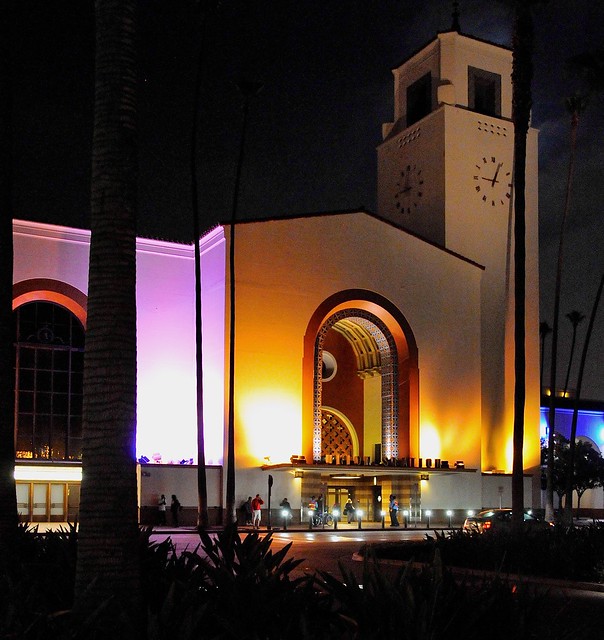 |
| Union Station by night. |
 |
The walk from Union Station to the hostel passes by L.A.'s gorgeous, art deco City Hall.
|
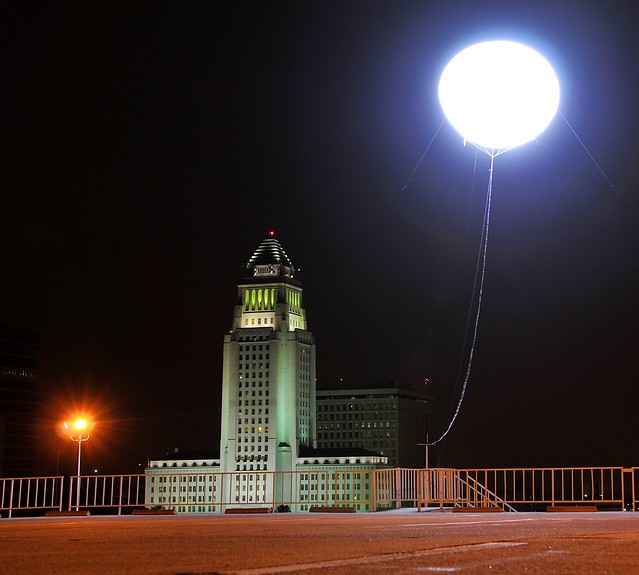 |
| This being
car-centric L.A., there is a parking garage directly opposite the
Concert Hall. They were filming a car-intensive scene for a movie on the
garage that night (I believe it was for Fast & Furious 6,
but I have no idea), and they had light balloons deployed (they give
much softer and naturalistic light, with less noticeable shadows, than
point sources would provide). |
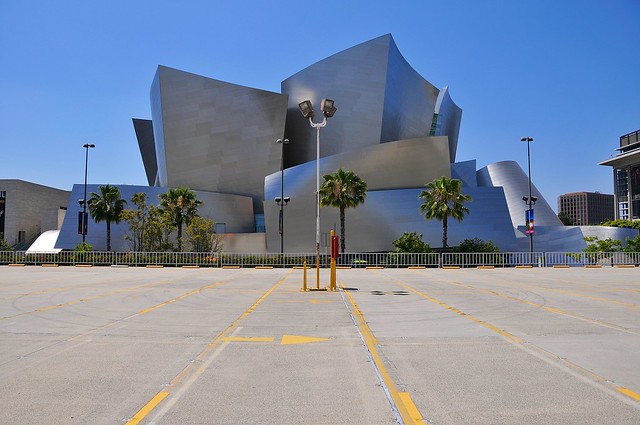 |
| Turn the camera around 180° (and wait 12 hours), and this is the view you get. |
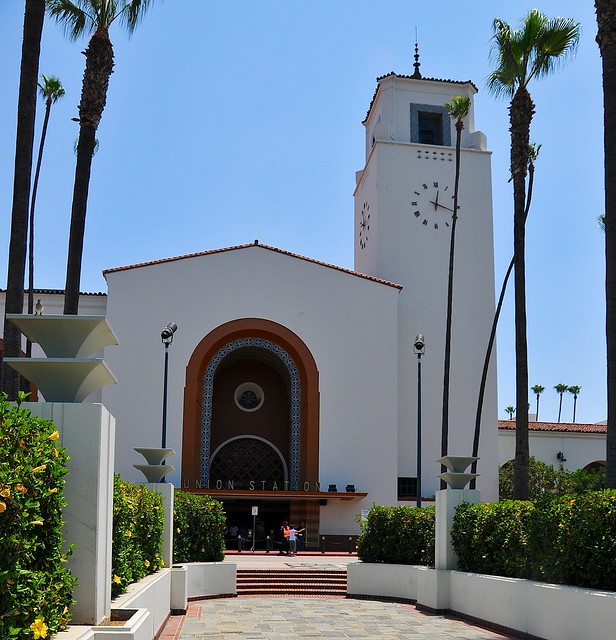 |
| The main entrance of Union Station by day. |
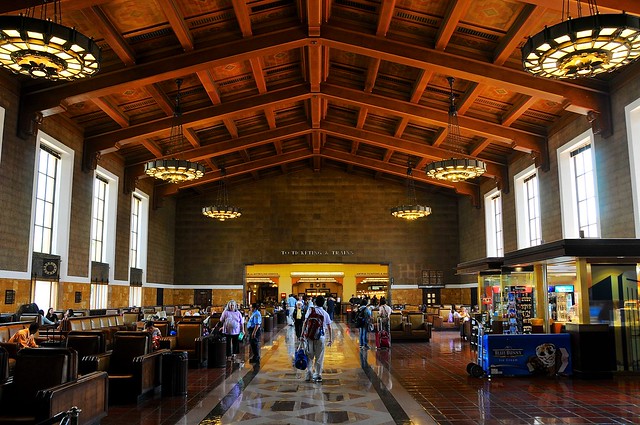 |
The historic Union Station lobby.
|
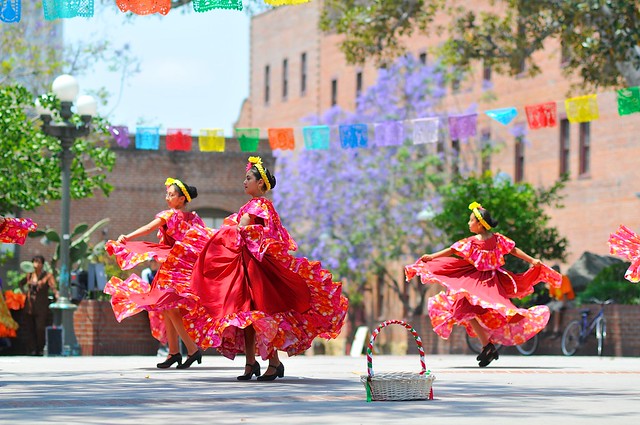 |
Folk dancing across from Union Station.
|
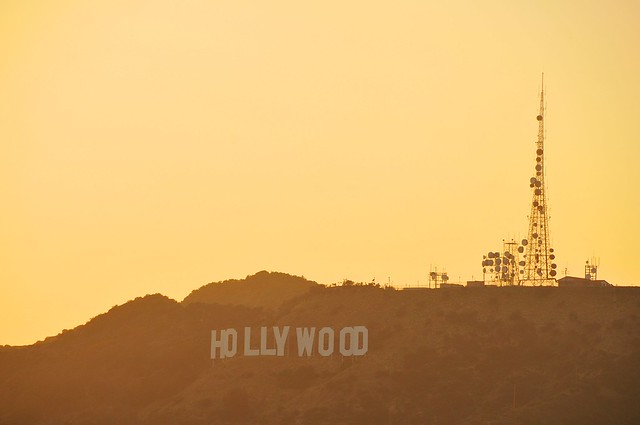 |
Sunset over the Hollywood Hills.
|
 |
L.A. from the Griffith Observatory.
|
 |
| The front of the Observatory. |
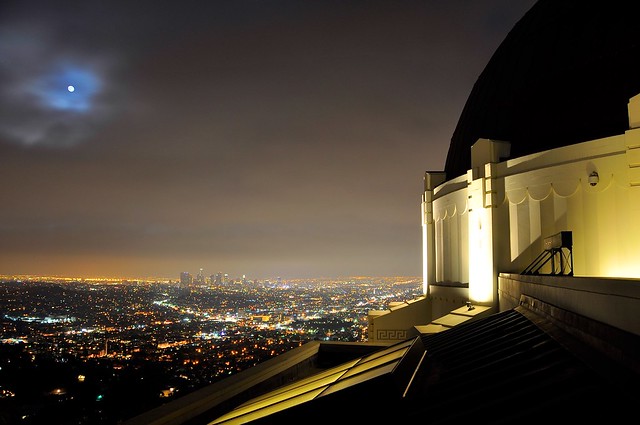 |
Downtown L.A. from the Griffith.
|
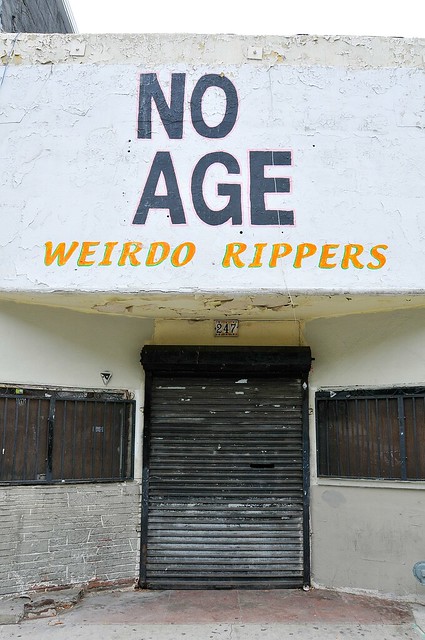 |
Downtown L.A. is gentrifying in a
hipster way, with celebration of shabby chic. This sign, with its
authentic decay, fits right in.
|
Frank Gehry & the Walt Disney Concert Hall
Frank Gehry shot to mainstream fame with his design for the
Guggenheim Bilbao, which helped launch the '
starchitect' phenomenon as well as architectural tourism and the "
Bilbao effect."
In 2001, I was one of the architectural tourists who visited Bilbao
solely because of the Museum—by which I mean the building, as the actual
collection it houses is relatively unimpressive—and I wasn't really
dissapointed. At the time of its opening in 1997, the building was
famous for the
use of computerized design and manufacturing
to create thousands of uniquely-shaped titanium panels that form the
skin of the building, allowing for the undulating and irregular
three-dimensional curves that characterize the museum. The result is an
immensely photographic building whose appearance changes dramatically as
you walk around it.
 |
| Gehry's Guggenheim Bilbao
from across the river. The limestone tower in the foreground
incorporates the bridge into the museum, but is completely decorational. |
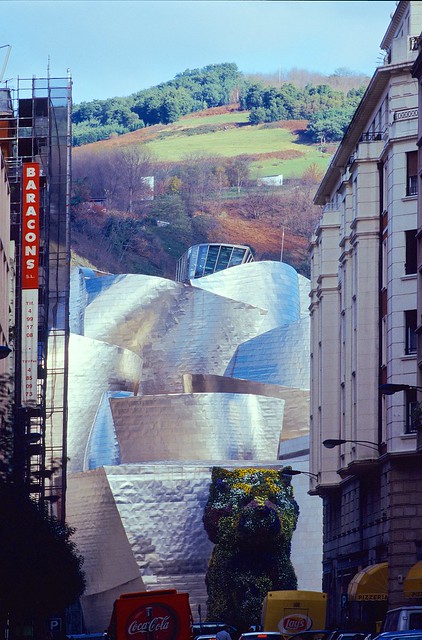 |
| Guggenheim Bilbao's main entrance & Jeff Koons' Puppy.
This picture illustrates a couple of the failures of (how I used) film:
there was too much of a tendency to try to crop in-camera, while the
economic penalty of taking multiple pictures meant you often ended up
with sub-optimal pictures. |
 |
The titanium skin of the Guggenheim Bilbao.
|
Gehry's
Walt Disney Concert Hall
is visually similar to the Guggenheim Bilbao in its mixture of flowing
metal panels, stone, and glass, but in most way it is an improvement.
Recognizing the fascination people have with buildings like this, Gehry
added walkways that allow people to essentially climb the building
exterior, giving additional vantage points and perspective from which to
explore his building. And instead of the brushed titanium of the
Guggenheim, Gehry used polished steel panels on some surfaces to
contrast with the brushed steel panels that comprise the majority of the
building. Add in a landscaped cafe behind the concert hall, and you
have a building that is much more inviting, and which creates a greater
dialogue with visitors in comparison to the Guggenheim.
Also,
unlike the Guggenheim Bilbao, the L.A. Philharmonic Orchestra is an
amazing institution. For a 20-year stretch they were associated with
conductor
Esa-Peka Salonen,
with whom they recorded extensively. Some of my favourite recordings
are by the LAPO and Salonen, most notably a CD of
Prokofiev
and Stravinsky violin concertos with Cho-Liang Lin, and a sadly out-of-print recording of
Lars-Erik Larsson's God in Disguise.
I spent a few hours at the Concert Hall, taking way too many pictures, some of which you can see in the gallery below.
















No comments:
Post a Comment